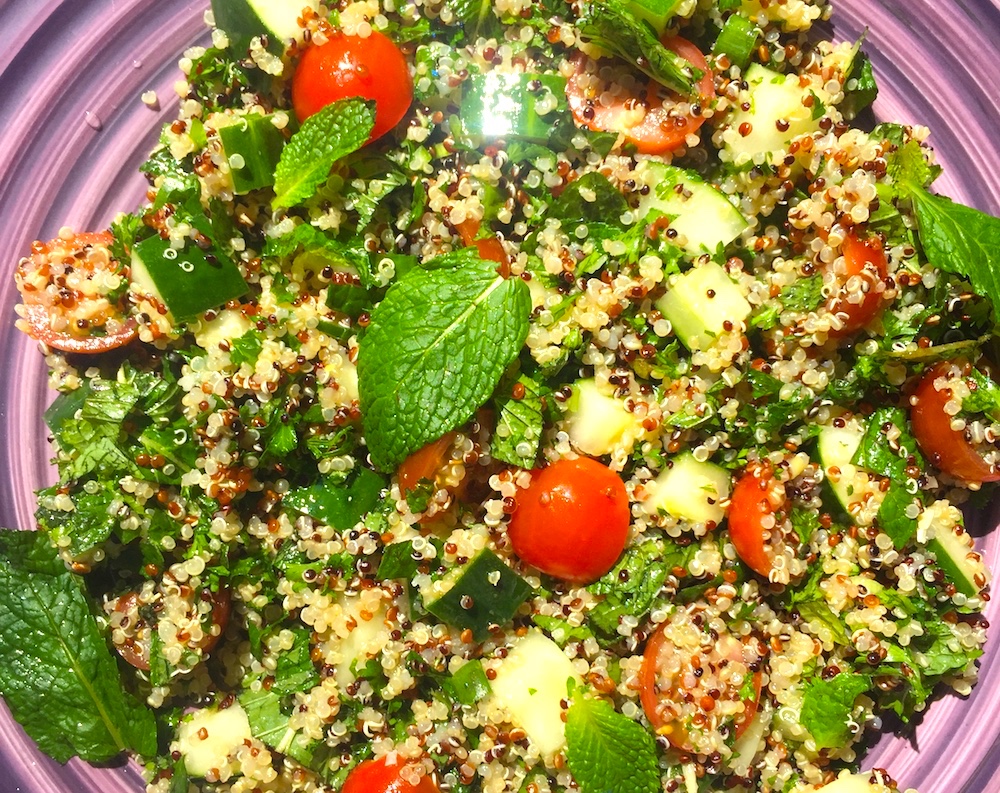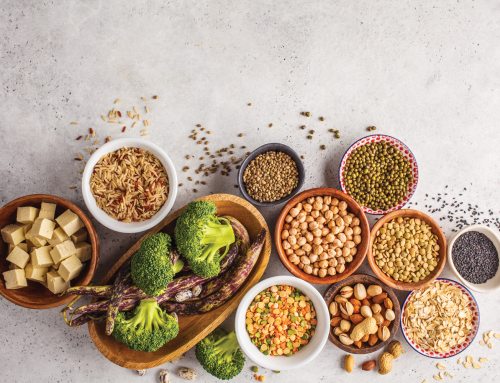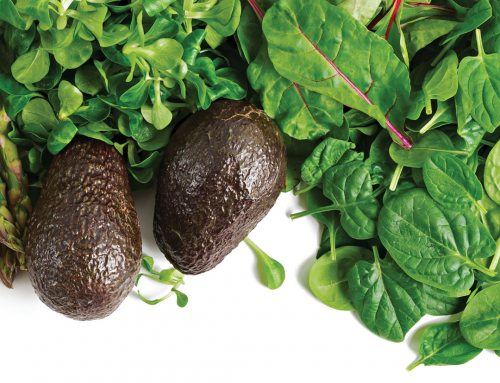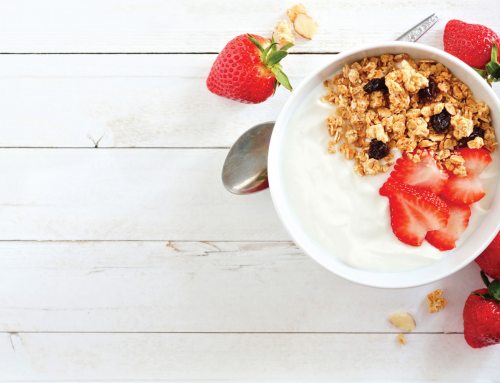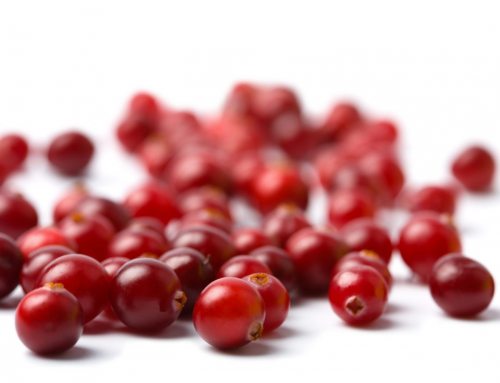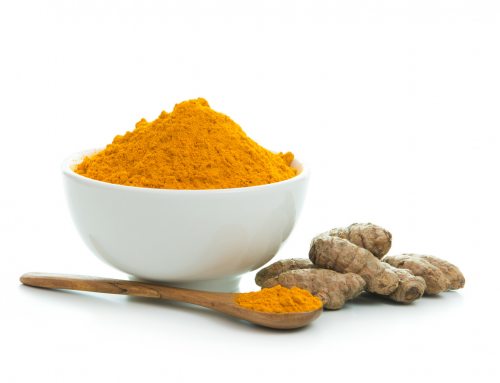By Brandon McDearis
This month’s recipe is a play on traditional tabbouleh, but instead of using the conventional bulgur, it calls for tender, nutty quinoa instead. The flavor and the nutritional value are very similar, but the quinoa turns this classic Middle Eastern dish into a complete protein. This tabbouleh is a filling and energizing meal on its own, but also a great side dish when paired with most entrees. The make-ahead salad is perfect for backyard barbecues, and stays good for up to one week after preparation. The recipe makes 6-8 servings.
Ingredients:
- 1 cup quinoa
- 1¼ cups water
- 2 cloves garlic, minced
- 2-3 tablespoons lemon juice
- ¼ cup olive oil
- 1 English cucumber, diced into ¼ – inch pieces
- 1 cup cherry tomatoes, halved
- 2-3 scallions, thinly sliced
- ½ cup chopped parsley
- ¼ cup chopped mint
- salt and pepper to taste
Preparation:
- In a medium saucepan, bring quinoa and water to a boil at high heat. Reduce heat to low, cover and simmer until tender, about 10 minutes.
- Turn off heat, stir quinoa well and transfer to a shallow baking dish for cooling. Cool in the refrigerator for about 30-45 minutes.
- Put the garlic and lemon juice in a bowl and slowly whisk in the olive oil.
- Mix together all ingredients thoroughly and check the seasoning. More salt, pepper or lemon juice may be needed.
Makes about 6-8 servings.
Nutrition Facts:
Calories: 224 / Fat: 12g / Saturated Fat: 2g / Carbohydrates: 24g / Fiber: 4g / Protein: 5g
# # #
Brandon McDearis is the owner of Your Way Cuisine, www.yourwaycuisine.com, a personal chef and nutrition consulting business. He is also a professional wanderer that spends much of his year trotting the globe and working in places such as Alaska, Australia, and Antarctica.
Quinoa — The Complete Protein You’re Probably Pronouncing Wrong
We’ve all been there. I used to think beignet (ben-YEY) was pronounced “beige-NET”. A friend once asked for an “ah-KAY” smoothie to which the smarmy counter person replied, it’s pronounced “ah-sah-EE”. So, before you make a fool of yourself at a fancy restaurant and asked for the “kee-na-wuh” salad we’re going to set you straight— it’s pronounced “keen-wah”. So, now that you know how to say it, here’s some information about quinoa you can share with your friends.
Quinoa has been cultivated in the Andean Mountain regions of Peru, Chile and Bolivia for more than 5,000 years where it has long been a staple food in the diets of the native indians. The Incas considered it a sacred crop calling it the mother of all grains or chisaya mama. The legend states that the Incan emperor would ceremoniously plant the first quinoa seeds every year.
While it is often thought of as a grain, quinoa is actually the seed of a plant related to beets, chard and spinach. Rich in amino acids, these seeds are very nutritious – and very delicious. Cooked quinoa seeds are fluffy and creamy, yet slightly crunchy. They have a delicate, somewhat nutty flavor. While the most popular type of quinoa is a transparent yellow color, other varieties feature colors such as orange, pink, red, purple or black.
Not only is quinoa high in protein, but the protein it supplies is a complete protein, meaning that it includes all nine essential amino acids. Quinoa is especially well-endowed with the amino acid lysine, which is essential for tissue growth and repair. Quinoa is also a very good source of manganese as well as a good source of magnesium, folate and phosphorus, and may be especially valuable for people with migraine headaches, diabetes and atherosclerosis.


